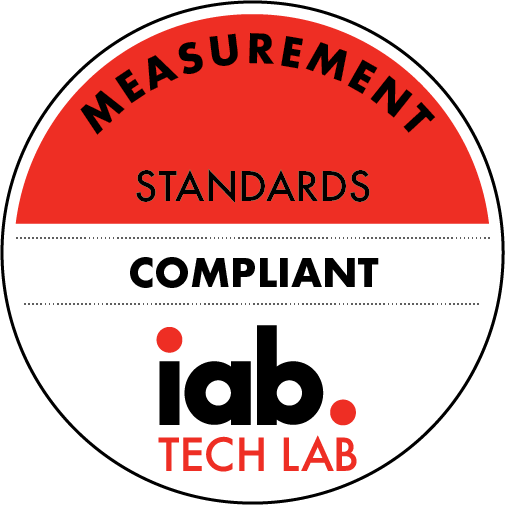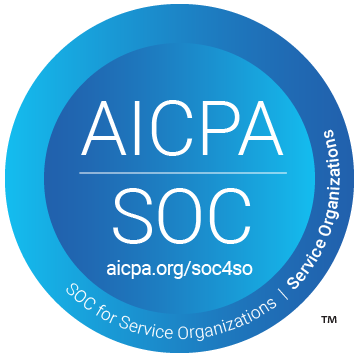Episode 45 - Feeding Poor Quality Hay
Description
Due to persistent rains, there was a lot of first cutting hay that was not dry baled until the end of June or early July in 2019. The result is poor quality hay. This podcast covers how to use a lab analysis to evaluate forage quality, how to find information regarding livestock nutrient needs and how to match forage quality to livestock needs.
More Episodes
Water is the most essential nutrient for life. The health of our livestock and their performance depends on access to clean, adequate water.
WQKT host Ron Hamilton and Wayne County Extension Ag Program Assistant Matthew Nussbaum discuss providing both the quantity of water that livestock...
Published 08/04/20
Tank mixing allows for the treatment of various pests, for example weeds and disease, in the same sprayer pass. Successful tank mixing can save time and money. However, when tank mixes are not compatible, dollars are lost due to decreased pesticide or product efficacy and in increased time...
Published 06/09/20
Moisture content drives what happens to forage after it is removed from the field, whether quality is maintained or degraded. Improper moisture content can reduce storage life. If the moisture content is not correct, hay can mold and spoil, baleage and silage will not ferment properly.
This...
Published 06/02/20

